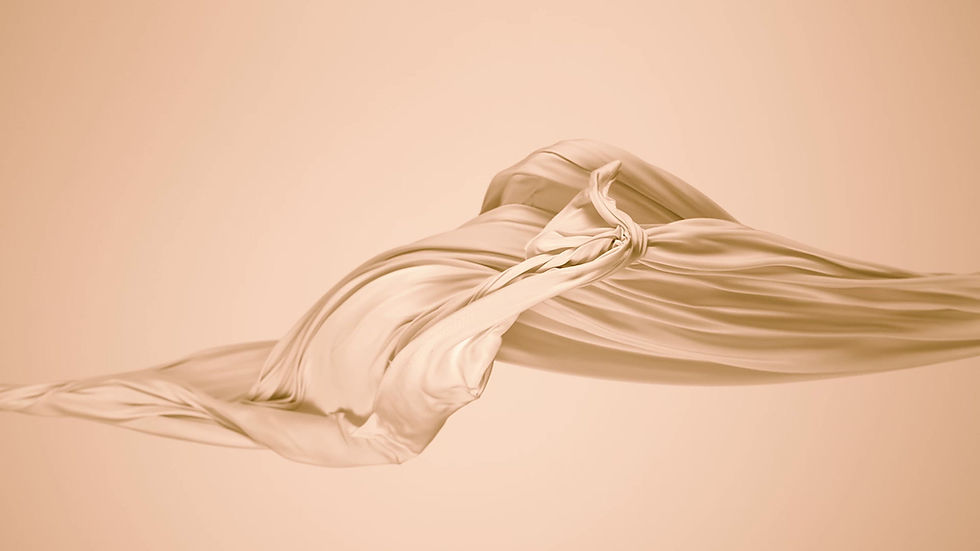The Birth of Yamaha CA1000 III
Yamaha released the CA-700/500 and entered the component stereo market in 1972, and the next year began a completely different integrated amplifier lineup. This was the birth of the CA-1000 MK1, a classic representative Yamaha HiFi component that is still talked about today.
The seamlessly connected single-sheet aluminum front panel and a white wood cabinet (open-pore-finished prickly castor oil tree wood) modern style was created by the GK Design Group and its beauty was distinct from both the heavy wood grain style and the mechanical component style.
Of course the CA-1000 had more appeal than just its exterior. With features, performance, functions and high cost-performance, it overflowed with charm to steal the audiophiles heart: a power amp section with the world’s first Class A/B switchover that had a convenient switch that changed from low-distortion, priority-on-sound-quality Class A operation to high-power Class B operation, two huge 18,000 μF block aluminum electrolytic capacitors that blew away the competition, a phono equalizer boasting accuracy to within±0.2dB of the RIAA standard and a permissible MM input of 310mV, and a unique continuous loudness control.
With its audiophile insides and clean form, it would not be too much to say that this new Yamaha design swept over the industry overnight. The power amp’s output in class B operation was 70W + 70W (20Hz—20kHz, 0.1% THD, both channels driven) and in class A operation was 15W + 15W (same conditions). Only CA-1000 owners could enjoy both the delicate sound variations revealed by the operation mode change and the high heat radiation of class A operation (which they liked).
The CA-1000 pre-main amplifier has undergone its third evolution as the Mark III. The Yamaha CA-1000 lII was released in Japan market only in 1976, during the “Golden Era” of Japanese high-fidelity audio equipment
However, this iteration represents such significant advancements that it is more than just an upgrade—it’s a complete redesign. This transformation makes it justifiable to view the CA-1000III as a brand new product model in its own right rather than simply an improvement on its predecessors.
Yamaha CA-1000 III / Pre-Main Intergrated Amplifier (Class A / B)
Here are some of Yamaha CA-1000III amplifier's design features:
- Switchable Class A/B Operation: Operates in Class B (Normal) mode or switchable to Class A. The amplifier features a first-stage transistor differential design with ultra-low distortion and a SEPP-compliant parallel push-pull configuration in the output stage.
- Equalizer Amplifier: The equalizer amplifier achieves an S/N ratio of 82 dB, employing Yamaha’s low-noise FET in the differential initial stage and a SEPP-compliant output stage. It accepts inputs of 310 mV or more with an RIAA deviation of 0.2 dB or less.
- Dedicated MC Head Amplifier: Incorporates a dedicated low-noise IC for moving coil (MC) cartridges, achieving the same high S/N ratio as the equalizer amplifier designed for MM cartridges. Conveniently switch between MM and MC cartridges from the front panel using the Phono Selector.
- NE-Type Tone Control Amplifier: Features ultra-low distortion with an NE-type tone control amplifier, first-stage FET differential, and a SEPP-compliant output stage.
- Independent Channel Peak Level Meters: Each channel has a wide-range, logarithmic scale peak level meter, displaying output power in watts (W/8Ω), REC OUT output in millivolts (mV), and a dB scale.
- High-Capacity Power Supply: Equipped with dual 18,000 µF capacitors and a high-capacity power transformer, ensuring stable and ample power delivery.
- Relay-Driven Protection Circuit: Uses a relay-based circuit for reliable protection.
- High S/N Ratio via Precision Volume Control: Achieved with 4 consecutive volume controls.
- Comprehensive Circuitry: Includes an array of integrated circuits for versatile functionality.
- Ergonomic Design and Premium Craftsmanship: Built with a stately cabinet crafted using Yamaha’s unique woodworking techniques, prioritizing ease of use and aesthetic appeal.


